Streetlight Falls at Red Plum In Mamaroneck, Stop Sign Run Down in Hartsdale
- Details
- Written by: Joanne Wallenstein
- Hits: 5341
Around 2 pm on Saturday, when the SOWE Music Festival brought many to town, a van hit a lamppost on the sidewalk and knocked it over onto a table at the Red Plum Restaurant where many were sitting outside enjoying lunch. Fortunately, that one table was unoccupied and no one was hurt, but the accident did cause pandemonium on the sidewalk.
Following the accident, emergency vehicles were dispatched to clean up the mess.
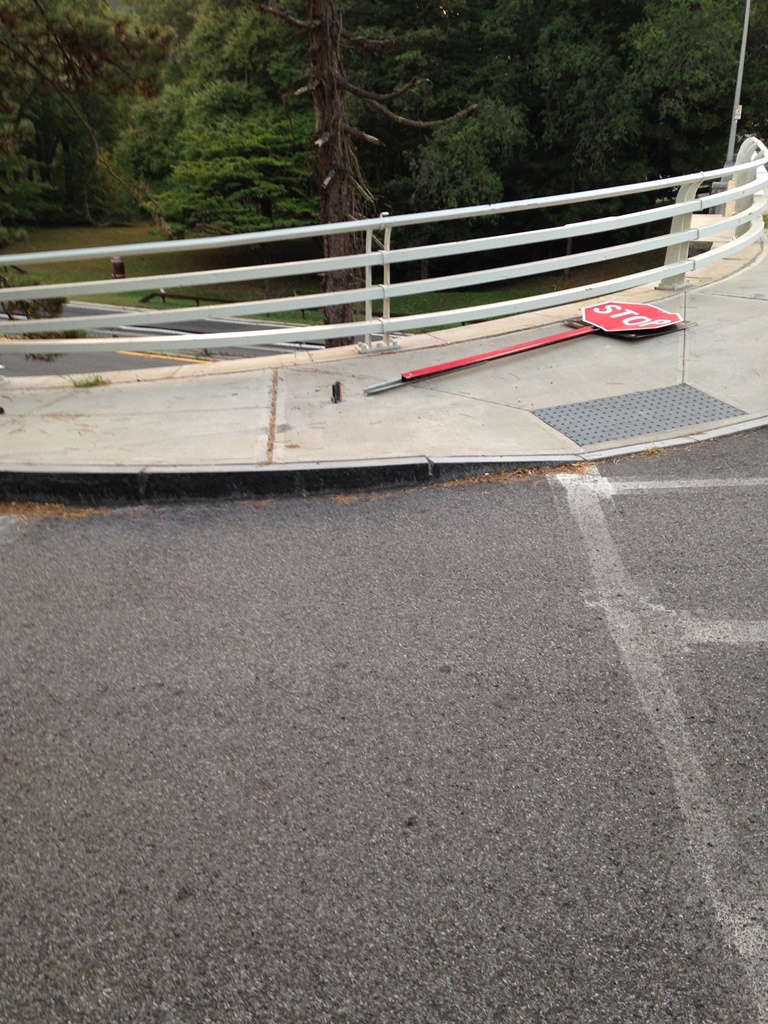 Stop Sign Run Down in Greenacres
Stop Sign Run Down in Greenacres
A Greenacres resident who took an early morning walk on Saturday 9-19 at 6:50 am reported that he found a Stop sign knocked over at the top of Exit 16 of the southbound Bronx River Parkway, near the Hartsdale Train Station. This must have happened sometime after 7PM on Friday night when the man walked home from the station and remembers that the sign was standing.
Looking closely at the marks on the pavement, he assumed that the driver of the vehicle was either under the influence, fell asleep at the wheel or was driving so fast that he or she lost control of the vehicle, climbed the curb while turning and knocked the sign over. From the tire marks, he could not tell what kind of car or truck was involved.
The Stop sign is at least two feet from the start of the sidewalk and it looked like the rear wheels of the vehicle also climbed the curb, which is more than six inches high at this point.
The vehicle may have landed with a thud when it finally fell off the curb and back onto the road because the curb was about a foot high at the point the vehicle wheels re-entered the road.
Since the Stop sign is mounted on steel and looks quite strong there must have been a considerable impact.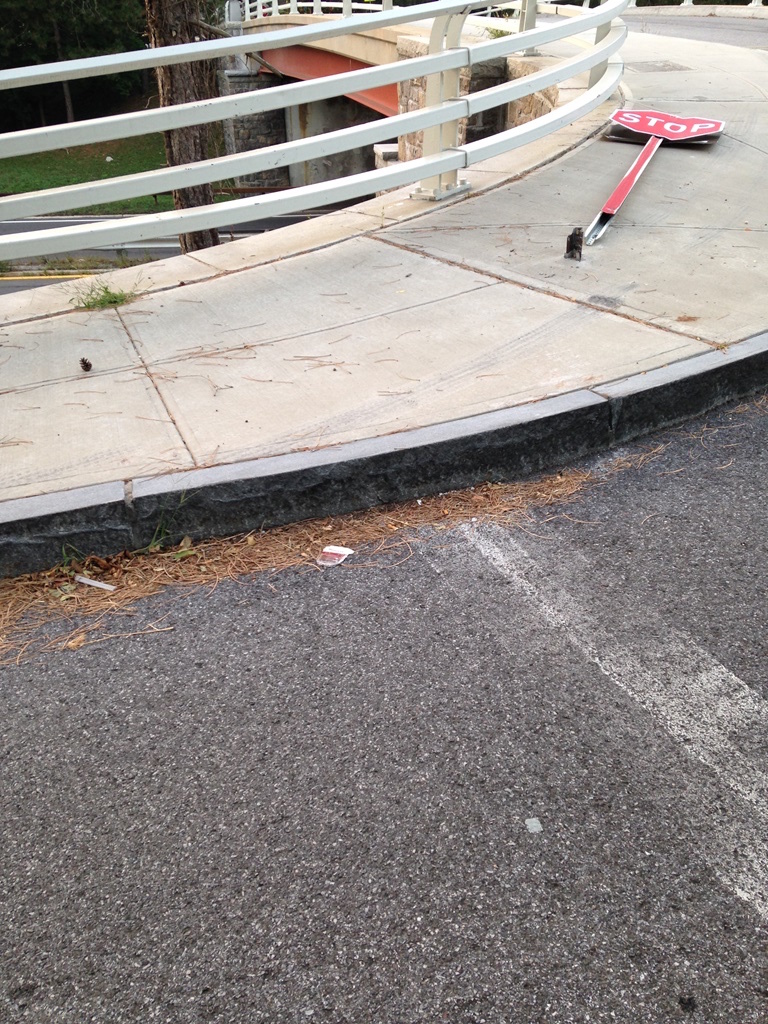
Summer Game at Scarsdale Library Encourages Young Readers
- Details
- Written by: Joanne Wallenstein
- Hits: 3610
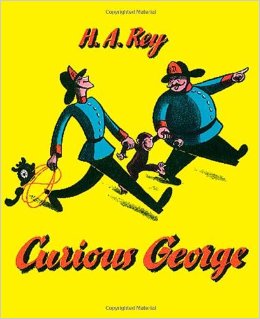 The Scarsdale Public Library's Summer Reading Game attracted 294 participants who read an average of 23½ books each. The program encourages children from infants through 5th grade to read or be read to during the summer months.
The Scarsdale Public Library's Summer Reading Game attracted 294 participants who read an average of 23½ books each. The program encourages children from infants through 5th grade to read or be read to during the summer months.
The most popular series was the perennial favorite, "Curious George." Other popular titles were "Thea Stilton" by Geronimo Stilton, "Babymouse," a graphic novel, and the "Garfield" series.
The largest group of readers was second graders and there were numerous pre-school children who came to the library to be read to.
Fewer children participated than in 2014, but each child read on average significantly more books, a sign of the commitment by those who signed up. The average number of books read was the most in recent years.
The Summer Reading Game encourages children to read or be read to during the summer months. Research has shown that reading during the vacation helps children maintain their reading levels when they return to school in September. Non-readers fall back somewhat from levels they achieved at the end of the school year.
Awards are given based on the number of books read or listened to. As an incentive to come to the library, children received a raffle ticket each time they visit. Four raffle tickets will were pulled each week with winners receiving a book.
"When the children come to the library, we like to have them discuss the books they have read with a librarian or have someone read a book to them," says Karen Zielinski, head of Youth Services. "The program has also become family event with older children reading to their younger siblings."
Cyberbullying Incident Spurs Social Media Campaign
- Details
- Written by: Joanne Wallenstein
- Hits: 18440
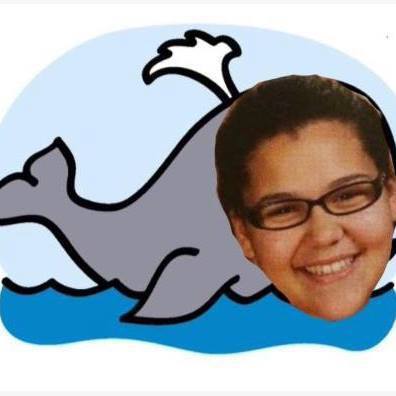 A hurtful photo circulated in a private chat group among Scarsdale High School students has become the impetus for a social media campaign against cyberbullying.
A hurtful photo circulated in a private chat group among Scarsdale High School students has become the impetus for a social media campaign against cyberbullying.
When SHS sophomore Jillian Stachyra learned that other SHS students were sharing a photo of her face atop a whale with the caption "JillWhale," she took the negative and turned it into a positive. She posted the image on her Facebook page with the following message:
"This hurtful picture was created to bring laughter to others at my expense, which is absolutely disgusting, I want to take this time to talk about how realistic cyber bullying is and how it can affect one's mental state. You think you know people, you think these things won't happen to you, but it's 100% possible! I know that being well known throughout SHS obviously has its ups and downs, I know that people talk S***, it's part of life and I usually brush it off. But being subject to this kind of bullying was completely tormenting and heartbreaking, especially being exposed to it during school, which is supposed to be a safe place. I am sharing this with all my facebook 'Friends' to prove I am more than what stupid boys say, I am more than any meme, and I am more than 'JillWhale' I am taking this as a learning experience and an opportunity to prove to myself and only myself that I AM BEAUTIFUL and anyone saying otherwise is simply incorrect. (btw that picture is legit from 7th grade, like c'mon)"
Friends have rallied to her side, by taking the whale photo, affixing their own faces to it and posting it on Facebook with the hashtag #whale yourself.
Jillian's mother brought the photo to the attention of the SHS Assistant Principal who took it seriously and let the parents of the offenders know what their children had done.
Note: Due to complaints from readers and the tone of the conversation, all comments on this article have been "unpublished" and no new ones will be posted. If you wish to reach the editor, email [email protected].
Armed Robbery at Gas Station
- Details
- Written by: Joanne Wallenstein
- Hits: 7476
 A Mobil station at 280 Saw Mill River Road in Greenburgh was the target of an armed robbery at 2:40 am on Sunday August 30th. According to the clerk, three men wearing ski masks and gloves entered the gas station, announced a robbery and forced the man to empty the cash from the register and turn over his own cash and cell phone. The clerk was "pistol whipped about the head and face" by one of the suspects. After taking the cash and phone, the three fled on foot.
A Mobil station at 280 Saw Mill River Road in Greenburgh was the target of an armed robbery at 2:40 am on Sunday August 30th. According to the clerk, three men wearing ski masks and gloves entered the gas station, announced a robbery and forced the man to empty the cash from the register and turn over his own cash and cell phone. The clerk was "pistol whipped about the head and face" by one of the suspects. After taking the cash and phone, the three fled on foot.
The clerk had minor injuries which were treated by the Greenburgh Police EMS.
Police searched the area with the assistance of the Westchester County Police K9 unit.
Police describe the suspects as follows:
"Male black, 19-22 years of age, wearing a black mask to cover their faces, long sleeve shirts, dark colored pants, and gloves. All three were armed with what appeared to be semi automatic handguns."
On Sunday, August 30, 2015, at approximately 2:40 A.M., Greenburgh Police responded to the Mobil Gas Station located at 280 Saw Mill River Road, in the Town of Greenburgh on a report of an armed robbery. Responding officers located the store clerk who disclosed that three males entered the store wearing ski masks and gloves. The suspects announced the robbery and forced the clerk to empty the cash from the register and to surrender his own personal property, which consisted of cash and a cell phone. The clerk was pistol whipped about the head and face by one of the suspects. All three fled the scene on foot in the direction of Beaver Hill Road.
The police are seeking the public's assistance regarding the incident. Anyone who may have witnessed the incident, or has any knowledge pertaining to the robbery is asked to call the Greenburgh Police Detective Division at (914) 989-1725 or (914) 989-1710. All calls will be kept confidential.
HBO Series Hits Close to Home
- Details
- Written by: Joanne Wallenstein
- Hits: 7282
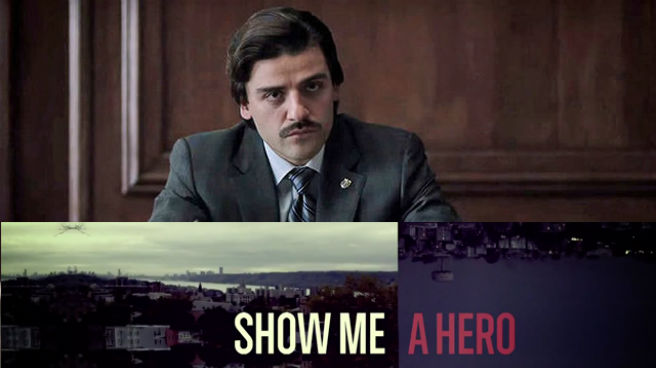 Thirty years have passed since Yonkers was ordered to build affordable housing in white, middle class neighborhoods, but the argument over integrated housing still rages on today. Westchester County is struggling to comply with the Fair and Affordable Housing Settlement, which orders the county to build 750 AFFH units in the county's least integrated communities by 2016.
Thirty years have passed since Yonkers was ordered to build affordable housing in white, middle class neighborhoods, but the argument over integrated housing still rages on today. Westchester County is struggling to comply with the Fair and Affordable Housing Settlement, which orders the county to build 750 AFFH units in the county's least integrated communities by 2016.
Proponents and opponents are making the same arguments now as they did decades ago. That's what I realized watching the new HBO series, Show Me a Hero, which chronicles the Yonkers altercation in the late 1980's, when the city was ordered to insert public housing east of the Saw Mill River Parkway. At the time, white families, including many Italian-Americans, lived on that side of town, while public housing across the parkway included 81 percent minority residents. The new series is based on a 1999 book by former New York Times reporter and Westchester resident Lisa Belkin.
The conflict then bears many similarities to Westchester today, as the county scours the map for locations to build affordable units in densely populated, affluent communities. To make matters worse, zoning laws here often preclude the construction of multi-family dwellings, and developers would rather reap profits from a ten-bedroom mansion than a multi-family unit.
The protagonist of the HBO series is 28 year-old Mayor Nick Wasicsko. In 1987, Wasicsko unseated a long-sitting incumbent to become the nation's youngest mayor of a major city. Though he campaigned on overturning the housing order, Wasiscko soon saw that Yonkers had no choice. Facing citywide bankruptcy, Wasicsko beat back the opposition, and saw affordable housing built across Yonkers' east side.
Here in Westchester, Rob Astorino became County Executive in 2009, ending Andy Spano's 12-year reign. Astorino vowed to fight the $51 million settlement, which requires the county to build 750 units of affordable housing in 31 eligible communities by 2016. In these neigborhoods, African-Americans account for less than 3 percent, and Latino residents less than 7 percent, of the population. The settlement was reached after the county was charged with the misuse of millions of dollars of community development block grants, which were earmarked for the construction of affordable housing.
Unlike Yonkers Mayor Wasiscsko, Astorino has continued to spar with federal authorities over the terms of the settlement. As of July 2015, the county argues that it has met its benchmark to have funding in place for 450 units, but the U.S. Attorney says that Westchester has not met the mark, as 28 units planned for Chappaqua Station have not received local approval. The federal government has called for Astorino to order local agencies to grant variances, but his office argues that he lacks the authority to do so. The county has already forfeited millions in Community Development Block Grants that were denied and now faces fines of $60,000 per month in penalties for every month that housing benchmarks are not attained.
In the HBO series, residents object to "social engineering," and argue that the construction of public housing will cause overcrowding and stress in the public schools, a decline in real estate values and white flight. Opponents claim that economically diverse residents won't mix and will tear at the fabric of the community.
On the other hand, as Chuck Lesnick, former city council president, told Gina Bellafante of the New York Times, "for those who value diversity, Yonkers is a better place to live than many surrounding districts." And as a recent piece by Malcolm Gladwell argues, when disadvantaged children get a "fresh start" in a new place, their chances of upward mobility are many times greater.
It is a thorny issue, still hotly contested all these years later. The right balance is difficult to strike – but the longer we wait to compromise, the more funds are lost; monies that could be used to build new homes that would provide local residents with better lives.










